

Hillary L. Chute is the Neubauer Family Assistant Professor of English at the University of Chicago and the author of Graphic Women: Life Narrative and Contemporary Comics.
The University of Chicago Press, Chicago 60637
The University of Chicago Press, Ltd., London
2014 by The University of Chicago
All rights reserved. Published 2014.
Printed in Canada
23 22 21 20 19 18 17 16 15 14 1 2 3 4 5
ISBN-13: 978-0-226-09944-6 (paper)
ISBN-13: 978-0-226-09958-3 (e-book)
DOI: 10.7208/chicago/9780226099583.001.0001
were created by Ivan Brunetti for this volume.
Library of Congress Cataloging-in-Publication Data
Chute, Hillary L., interviewer.
Outside the box : interviews with contemporary cartoonists / Hillary L. Chute.
pages : illustrations ; cm
Includes index.
ISBN 978-0-226-09944-6 (pbk. : alk. paper) ISBN 978-0-226-09958-3 (e-book)
1. CartoonistsUnited StatesInterviews. 2. CartoonistsUnited StatesBiography. 3. Comic books, strips, etc.United States21st century. I. Title.
NC1305.C48 2014
741.5'973dc23
[B]
2013025704
 This paper meets the requirements of ANSI/NISO Z39.481992 (Permanence of Paper).
This paper meets the requirements of ANSI/NISO Z39.481992 (Permanence of Paper).
For Art Spiegelman, if hell take it.
For Daniel Aaron, a model for how to be an interlocutor.
And for Noah Feldman, whom I love.
Contents
Illustrations
Introduction
Twenty-First-Century Comics
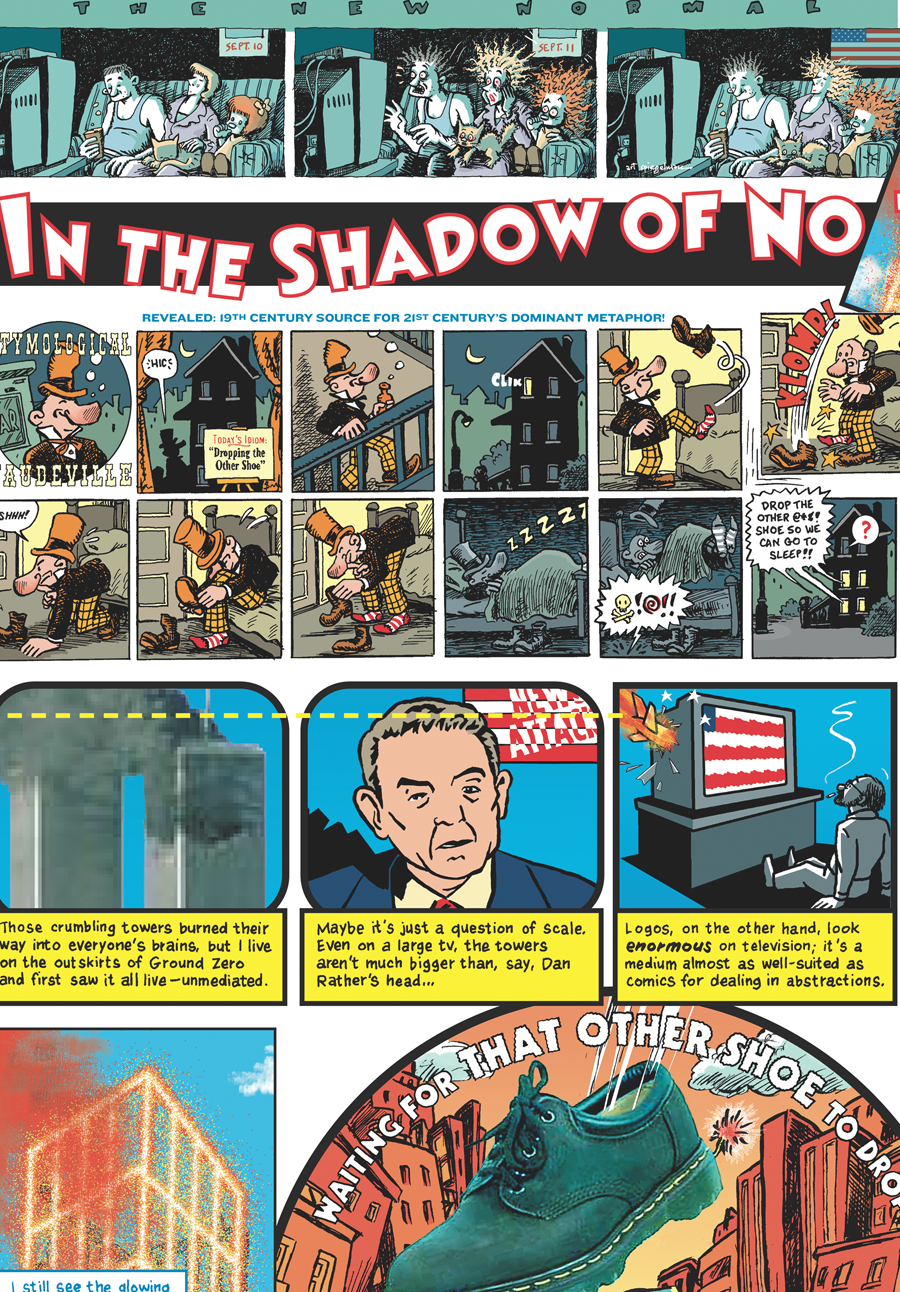
The form of comics is finally getting its due. As cartoonist Adrian Tomine put it to me: What we all twenty years ago dreamed offor us it kind of came true, in terms of how comic books are bought and sold and thought of in this society. I have been writing about comics for magazines, newspapers, and scholarly publications since 2000. These ten-plus years have been a high point for the literary and artistic possibilities of comics. An enormous number of essential, innovative comics works have appearedincluding by every one of the twelve field-defining cartoonists I interview here: Lynda Barry, Alison Bechdel, Charles Burns, Daniel Clowes, Phoebe Gloeckner, Aline Kominsky-Crumb, Scott McCloud, Franoise Mouly, Joe Sacco, Art Spiegelman, Tomine, and Chris Ware.
Unprecedented interest in the form, accordingly, is evident in the past decade from all corners of culture: from popular and academic audiences alike, from museums and galleries, filmmakers, theater and dance companies, and publishers of all stripes. In 2006, Houghton Mifflin began issuing Best American Comics alongside their traditional Best American titles.ers filed an amicus brief in the form of a comic stripincidentally, the scholarly journal Law Text Culture recently published a special issue called Justice Framed: Law in Comics and Graphic Novels. Public interest in comics is increasing as the medium develops new formats, outlets, and expectations. Comics appear in all sorts of differently marked spaces, from the secondary to graduate classroom to the courtroom to the walls of the Centre Pompidou, where Spiegelman recently exhibited the show Co-Mix.
I began talking to cartoonists in 2005, the year I published my first interview with a cartoonistJoe Sacco, in the short feature Stand Up Comics, in the Village Voiceand the year I began working with Spiegelman on his book project MetaMaus (2011), which features a long interview with the two of us that we recorded over a period of years. I realized quickly that probing cartoonists about their lives and their cartooning practices was something for which I had an unceasing appetite. When I interviewed Bechdel for the first time in 2006, for a feature about Fun Home in the Village Voice, I was half mortified and half flattered to discover the following weary blog post on www.dykestowatchoutfor.com: Its a good thing Ive been blogging this [book] tour because otherwise Im not sure Id remember it. Today I had a podcast, two signings, and a long, intense newspaper interview with a woman who did her doctoral dissertation on autobiographical comics. That was me. And while I apologize to Bechdel for turning our one-hour interview into three, working on that piece about Fun Home did begin a long-standing relationship (Bechdel and I won a Mellon Foundation grant to collaborate on a course, exhibit, and conference, Comics: Philosophy & Practice, at the University of Chicago in spring 2012). In terms of getting practice, I couldnt have been luckier than to have had Spiegelman as a tireless interlocutor on comics form and history when we collaborated on MetaMaus; my first meeting with him, scheduled for an hour, was four. We once had a thirteen-hour meeting during which he made me a grilled cheese and poured me a glass of wine for a snack, but it was otherwise uninterrupted. Listening to cartoonists, I became fascinated with the possibilities of the comics form, especially around the relationship between word and image, and the connection of time to space. It is a form that is traveling from the fringe to the mainstream quickly, and not always for obvious reasons. Many people right now want to understand and theorize what they find exciting about comics. The exhilarating feature of my interviews with cartoonistsfor me, and hopefully for othersis that they capture moments of practitioners reflecting on the form as it is being shaped in contemporary culture.
Outside the Box collects in-depth interviews with twelve of the fig While they present a diverse range of texts and aesthetics, these five women and seven men define the parameters of todays literary comics. (While such lines can be blurry, literary or independent comics work tends to be distinguished from commercial or mainstream work in that it is less driven by genre constraints, and is not usually completed by teams of people.)
What is so riveting about the group of artists included in Outside the Box is how imbricated they are with each otherand yet how radically different all their work looks from each others. Reading these interviews, a sense of community emerges, and one can begin to trace the genealogies and interconnections. These cartoonists have each done comics that stand as singular contributions, and each took the field forward in terms of force, sophistication, and craft. But their styles and sensibilities diverge. And their work positions itself variously, representing a range of goals and desires. Some of the cartoonists here work in fiction, like Clowes, perhaps best known for the timeless, tart graphic novel Ghost World, and Ware, whose monumental Building Stories, released this year, is a story the reader builds in her own way, from a box that contains fourteen different narrative fragments to be read in no particular order. Some artists work in nonfiction, like Aline Kominsky-Crumb, the first woman to publish autobiographical comics, starting in the 1970s, and Joe Sacco, who expands nonfictions range with his intense, inventive comics journalism. Scott McCloud, who opens the book, is a comics theorist, writing works about comics in comics form. And Franoise Mouly, while she herself has published comics and illustrations, appears here to offer her knowledge as one of the key figures of the past thirty years in her role as a publisher, editor, and tastemaker developing comics aesthetics from the avant-garde
Next page


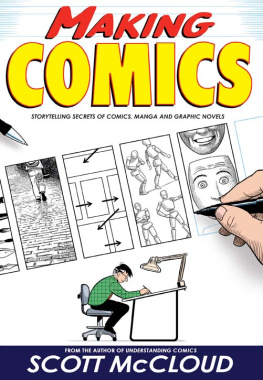
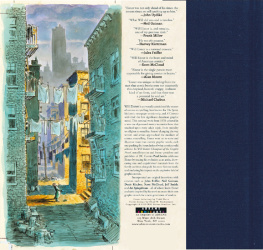
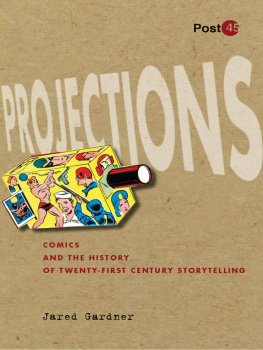
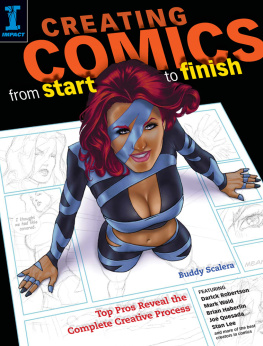


 This paper meets the requirements of ANSI/NISO Z39.481992 (Permanence of Paper).
This paper meets the requirements of ANSI/NISO Z39.481992 (Permanence of Paper).